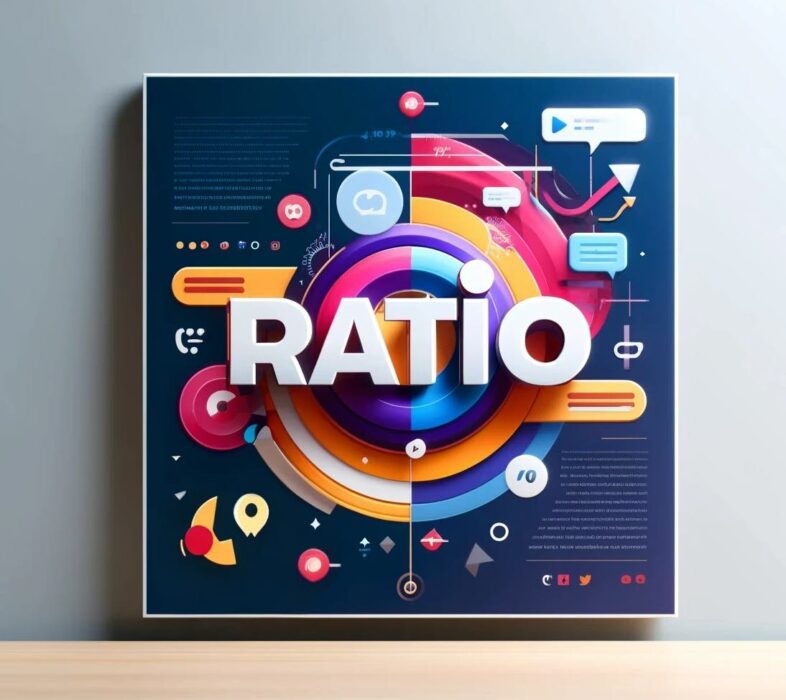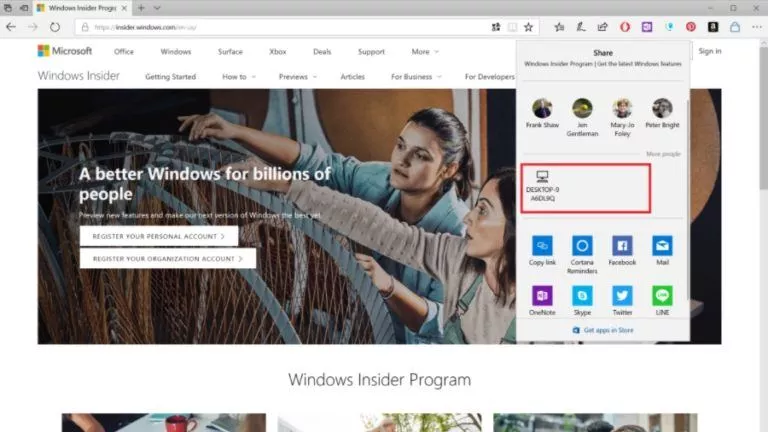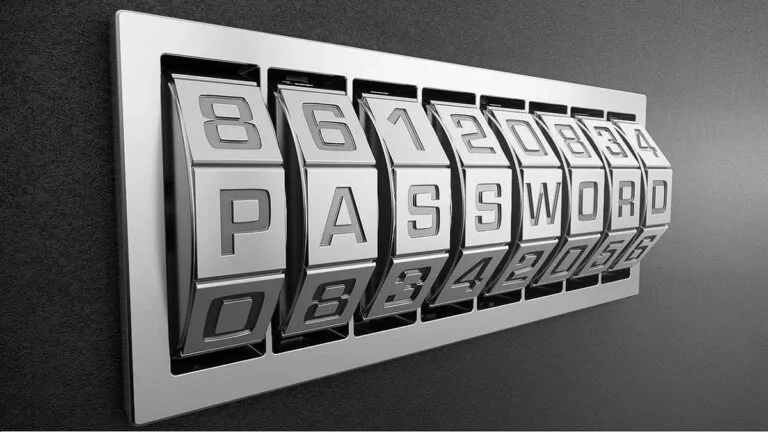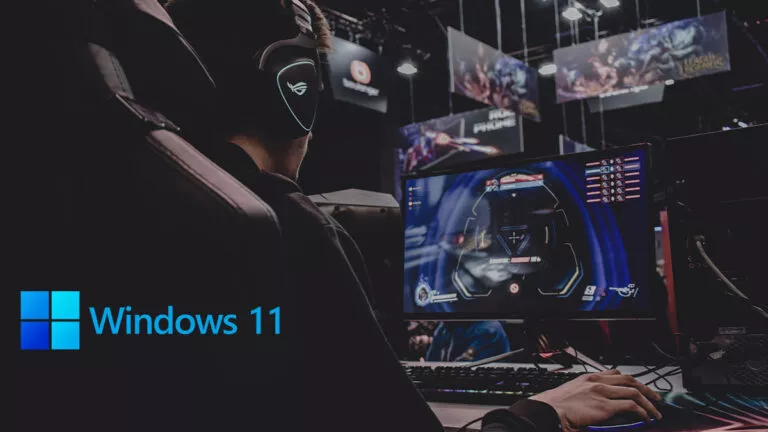Understanding The ‘Ratio’ Slang Meaning On Social Media In 2025

Ever wondered why some tweets get flooded with comments but few likes? Enter the ‘Ratio’ trend; it’s not just about math—it’s a big deal on social media. In this article, we’re going to dig into what this “ratio” slang is all about and why it matters so much in the world of tweets, posts, and likes.
Origin of the Term ‘Ratio’: How it Became a Buzzword?
In the early stages of social media, especially on platforms such as Twitter, an interesting pattern caught the attention of users — some tweets seemed to attract far more comments than likes or retweets. This observation led to the birth of the slang “ratio.” Initially, it was used to describe tweets that attracted more comments than the traditional engagement such as likes or retweets.
For example: If a tweet has 50 comments but only 10 likes, it is considered “ratioed.” This suggests that many people are engaging with the tweet, often to criticize or debate its content. For instance, you might post an opinion on a controversial topic, and instead of getting supportive likes, the tweet attracts a lot of comments from users expressing disagreement or engaging in debate. This high comment-to-like ratio indicates that your tweet has sparked significant discussion.

The Impact of Being “Ratioed”
Being “ratioed” on social media can have several implications often showing that people disapprove of or are debating the post. Here are some key points:
1. Public Disapproval
When a post is ratioed, it usually means many people disagree with or dislike it. This shows others that the opinion or information is controversial or unpopular. For individuals or brands, a ratioed post can hurt their reputation, as it clearly shows that most people do not support it.
2. Viral Attention
The controversy can cause the post to go viral, attracting more attention and engagement from users curious about the debate. While this attention is often negative, it can sometimes start important conversations or raise awareness about specific issues.
3. Increased Engagement
Ratioed posts usually get more comments, leading to longer discussions and more user engagement. This can keep the post visible and increase its reach. However, the type of engagement matters; negative comments can create a toxic atmosphere, while constructive criticism can lead to meaningful discussions.
Platform-Specific Usage: Changing Face of Ratio slang on Social Media
By 2025, the concept of being “ratioed” has evolved significantly from its early beginnings. Today, a high ratio not only reflects disapproval but also highlights a post’s potential to start the discussion and go viral. The meaning and impact of being “ratioed” vary across different social media platforms
- Twitter: On Twitter, being ratioed is still a strong sign of controversy. This platform is where the term first gained popularity and still holds significant influence. Tweets with many more comments than likes or retweets often gain rapid attention, with users engaging in heated debates.
- Instagram: On Instagram, the ratio is noticed in the comments section of posts. A photo or video with many more comments than reactions, whether positive or negative. Here, the focus is on visual content, but controversial captions or images can lead to high ratios.
- TikTok: On TikTok, ratios are seen in the context of video content. Videos with many comments but fewer likes often indicate that the content is in controversy. The comment section on TikTok is essential for community engagement and interaction, enabling users to debate and react to video content, thus enhancing the platform’s social experience.
- Facebook: On Facebook also ratioed typically happens in the comment sections of posts. Given Facebook’s diverse user base, ratioed posts can start debates and discussions, sometimes attracting attention beyond Facebook.

How One Can Avoid Being Ratioed and Stay Positive?
To avoid being ratioed and keep a positive vibe on social media, below are some tips:
- Be Respectful: Share your opinions in a respectful manner, avoiding controversial or offensive content.
- Know Your Audience: Understand what your followers like and what might upset them to adjust your posts accordingly.
- Engage Positively: Respond kindly to comments and be open to different viewpoints, encouraging constructive discussions.
- Think Before Posting: Take a moment to consider how your post might be received before you share it with the world.
As social media users navigate the complexities of online interaction, understanding the significance of ratioing and its impact on platforms like Twitter, Instagram, TikTok, and Facebook is crucial.






